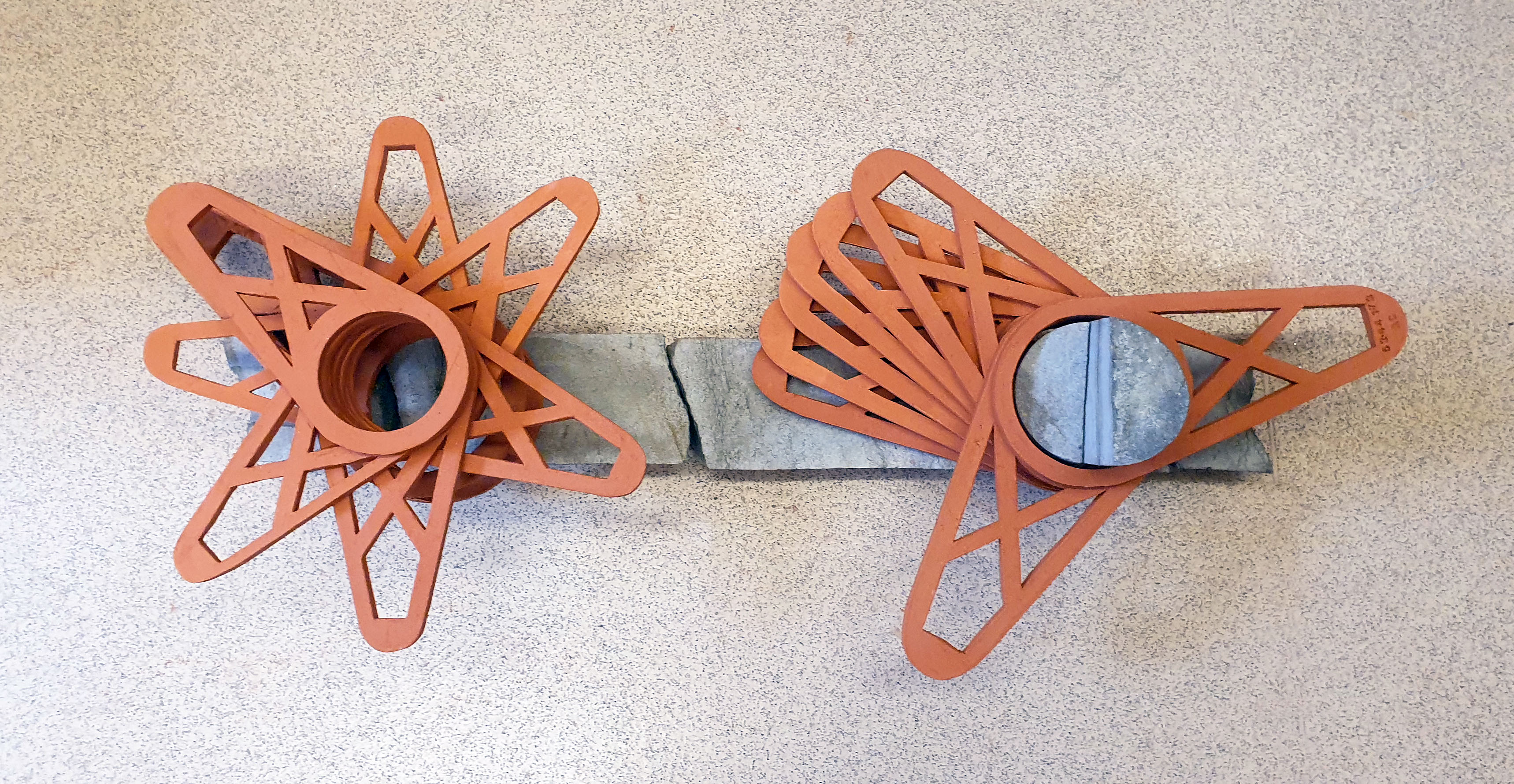As the North Sea residency comes to a close, Alison Cooke shares some of her thoughts on the challenge of making work with unpredictable material from a rapidly changing coastline, and the process of engaging communities through art.
Looking back at the North Sea Residency I feel lucky to have had the opportunity to work and live on such a beautiful part of the coastline and spend time with Lowestoft residents who shared their fascinating history of changing industries.
Collecting Lowestoft clay took longer to find and process than anticipated; the eroding cliffs changed daily - sometimes revealing a seam of clay, sometimes not. The material I was bringing back was slightly different each time and unpredictable. I'd decided to make flat tiles rather than objects with the Lowestoft participants as tiles were sturdy to work with and unlikely to break. But in the end, the work that I made was much tricker, akin to building with wet sand and incredibly fragile. (I suspect some of it was wet sand).
The Woodworks Arts Cafe was a good place to be based, ideal to connect with a diverse range of people who were already involved in arts and craft and game for taking part in a project using clay. Although the cafe was perfect for the community clay project, for the facilities, tools, people, I found it difficult to focus on my own work in the busy environment so continued the work once I was back at my own studio, in London.
Lowestoft has a community that will be harvesting direct benefits from the shift to clean energy with new job opportunities and a new sense of identity. The dock front which once housed herring fishing boats now has its own wind turbine next to the tourist attraction of a compass point that marks Britain's most easterly point.
Future energy
These ideas relating to Lowestoft's geographical placement as a stepping off point for the wind turbines offshore guided my work by referencing the history of harnessing the wind in Lowestoft. The area that used to house the traditional wind-powered boats called smacks, that built the trade and built the dock, now houses Orbis Energy, a building for the East of England’s renewables network.
I wanted my own work to convey the notion of capturing the wind, just as the community work had done in my Earth, Wind and Fired tile project. I took the spinning of turbine blades as a starting point and made profiles of a tapering blade and looked at the structure of pylons as a means to build them. Within the work are pieces of rock cored from below the North Sea bed, drilled out by the oil industry. The turbine/pylon structures represent the future, sustainable energy and the infrastructure needed to transmit it, the rock core representing the fossil fuel industry, damaging the planet but still entangled in our energy system. This is where we are now, at a time of change between the two, some media outlets questioning the value of renewable energy and the infrastructure needed to support it, while climate change continues regardless.
I will continue to make work that is fed by an ongoing interest in the North Sea, its rise and fall linked to climate change, its layers of history and man’s extraction of energy from below and above the waves.
To see more of Alison's work visit: https://www.alisoncooke.co.uk and Instagram: alison.cooke

